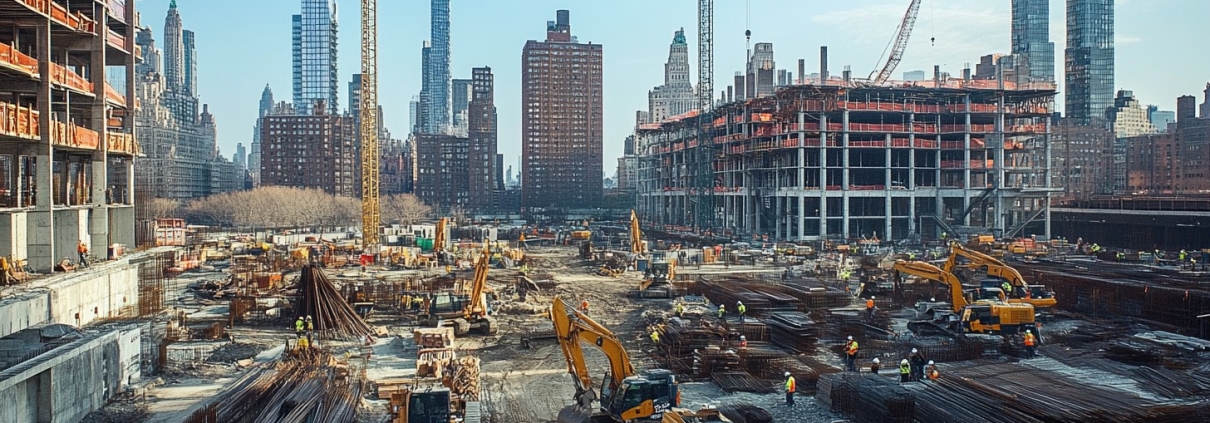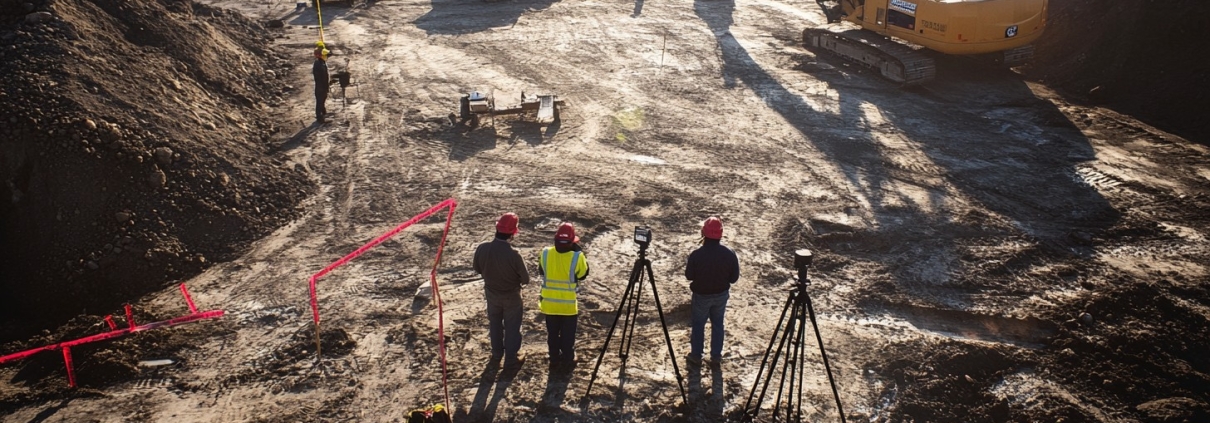The evolution of quantity surveying
As you look at the plans for a stunning new construction project, it’s easy to think of your role as a Quantity Surveyor as a fairly modern profession. However, if you travelled back to ancient Egypt at the time of the building of the pyramids and temples – you’d find people having very much a similar role as yours.
In those days there was less interest in the final cost of the building and labour was often free, as slaves were brought in, so it was really the cost of the raw materials which needed measuring.
In those days, you’d probably be referred to as a ‘measurer of royal works’ but your role would still include calculating the materials and resources needed. Even the Bible includes a passing reference to a Quantity Surveyor: Luke, Chapter 14:28 – For which of you, intending to build a tower, sits not down first and counts the cost to see whether he will have sufficient to finish it?
Arguably, it was the Great Fire of London which led to the creation of quantity surveying as the profession we recognise today. On 2 September 1666, a fire started in a bakery in Pudding Lane near London Bridge. It was a devastating blaze which went on for three days, destroying the Royal Exchange, St Paul’s Cathedral, 87 parish churches and 13,200 houses.
London needed to be reconstructed, with Christopher Wren, John Evelyn and Robert Hooke tasked with overseeing one of the biggest building projects ever undertaken. Before the Fire, those involved in building projects – including masons and carpenters – were paid a daily wage. Now, however, the project was so vast that it was decided craftsmen should be paid for the quantity of work completed.
To establish this, a person was needed to look at the drawings and measure what each trade would be required to do to complete the construction, then providing an estimate. And this person was later to become the Quantity Surveyor we know today.
In time, independent quantity surveying firms were established with their role to create a ‘bill of quantities’. The first was said to be created in 1785 – Henry Cooper and Sons of Reading – although, prior to this John Ogstoun was named as the ‘good town’s ordinary measurer’ by the Town Council of Edinburgh in 1688. The term ‘quantity surveyor’ was not actually recorded as a role until 1859.
The formal recognition of quantity surveying as a profession came in 1868, with the creation on RICS in London as the Institution of Surveyors. RICS, however, says it can trace its history by to 1792, when The Surveyors Club was created. RICS adds that the foundations of the current organisation started to properly take shape when 20 surveyors met at the Westminster Palace Hotel. Under the chairmanship of John Clutton, they appointed a sub-committee to draw up resolutions, bye-laws and regulations. This was done in order to establish a professional association to represent surveyors and the growing property profession.
This group, which had expanded to 49 members by 1868, met again at the Westminster Palace Hotel on 15 June 1868 to approve the resolutions and elect the first Council. John Clutton was elected the first president of the Institution of Surveyors.
RICS says: “The requirement for such an organisation was driven by the rapid development and expansion of the industrialised world; as infrastructure, housing and transport links grew, so did the need for more stringent checks and balances.”
Today, the technology used by Quantity Surveyors would be unrecognised by those who met together in 1868 or, indeed, were accessing what raw materials were needed to build the great pyramids. But, the key role in construction which Quantity Surveyors provide has not changed.




